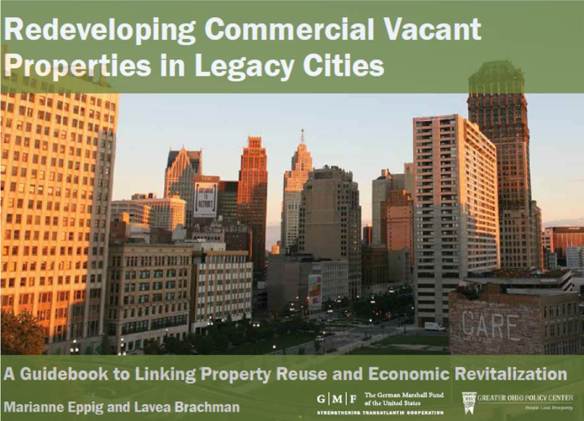So much has happened since I last posted. The world has been changing at a tremendous rate. Now, as much as ever before, is the time to speak up and act on behalf of human rights and the environment.
In support of those who continue to make our world a better place for everyone, I have created a new website called Tools for Social Innovators.
Tools for Social Innovators is an online library of tools to help people solve big social and environmental problems AND make money to sustain these important efforts. You’ll see that the tools are categorized into three sections:
- Tools for Social Innovation, which help with the process of innovating solutions to social and environmental challenges.
- Tools for Social Entrepreneurship, which provide guidance on how to build enterprises (in any sector) that tackle social, environmental, and economic challenges.
- Tools for Your Mind, which help you become the leader you need to be in order to help make the world a better place.
I created this website to provide the tools & strategies people can use to embark on social innovation in any sector. After studying business and public administration, planning and policy, I started noticing that many of the tools and strategies I was learning about could be shared more broadly and used across sectors, but often weren’t. Also, I found that there was no single place on the internet where all the tools available could be found in one place. So I decided to create it.
This website is the culmination of work that I’ve been focused on for years. I’ve worked with non-profits and for-profits, including a consulting firm, a think tank, a startup accelerator, local and national non-profits, and governments. This website takes all the tools and strategies I’ve learned over time and gives them to you… for free.
Because it’s up to us to make this the world we want to live in.
With love,
Marianne




